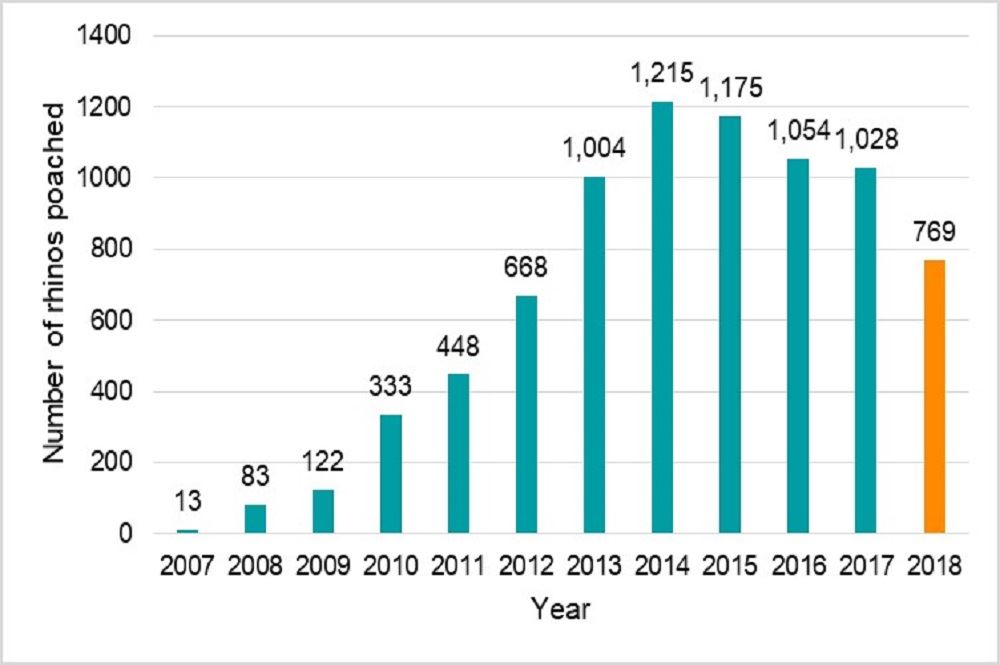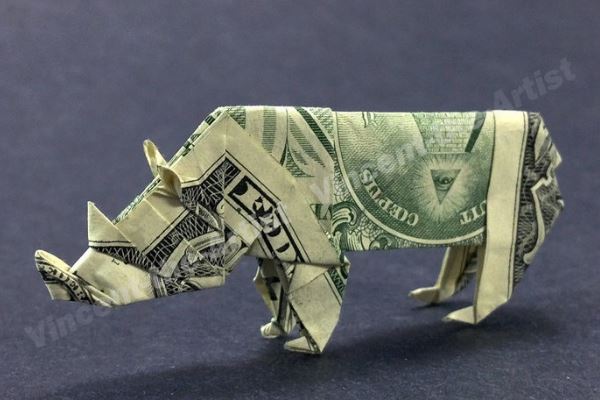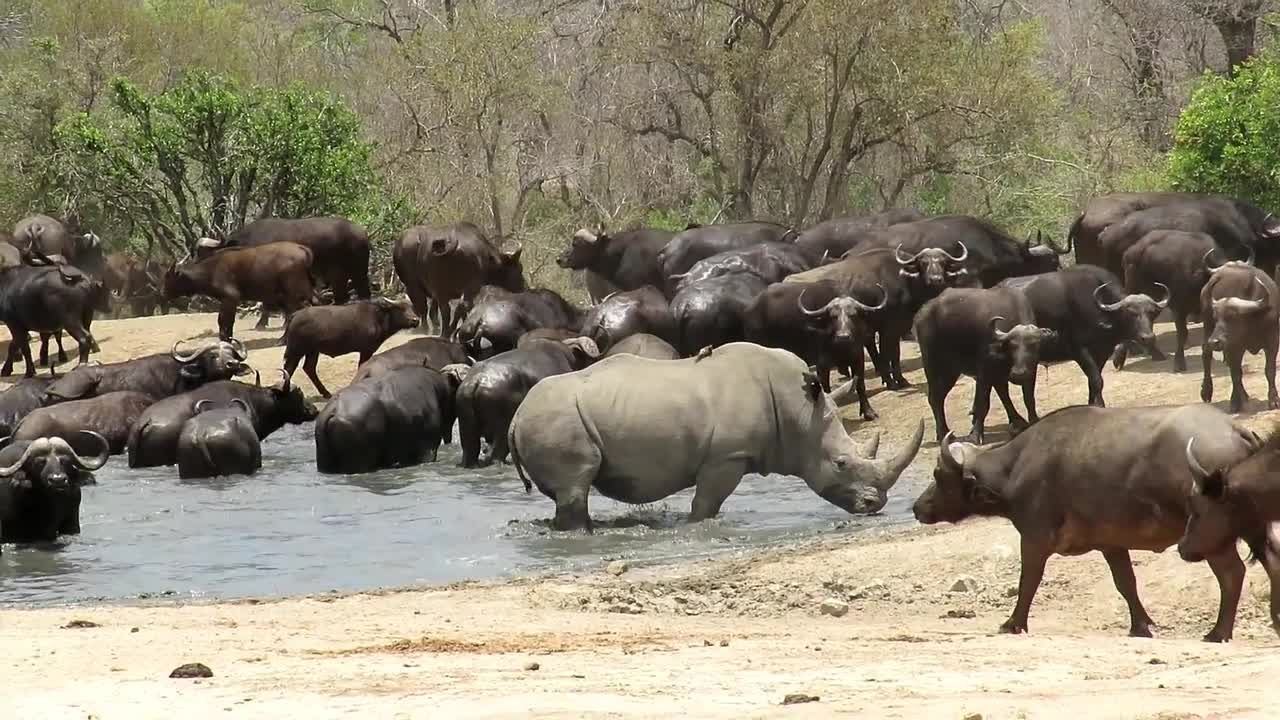The 2018 rhino poaching figures show fewer rhinos poached in 2018 compared to the previous year: 769 versus 1 028.
While the decrease in numbers is encouraging, the cumulative impact of the poaching crisis over the years is notable, with the Kruger National Park (KNP), for example, having lost 50% of its rhino population since 2010 (it must be noted that this is not only due to poaching, but also to drought and other factors).

Susan Scott and Bonné de Bod, makers of the award-winning rhino documentary STROOP: Journey into the Rhino Horn War, told Africa Geographic in an interview that despite the recovering numbers, there are some grim facts behind the rhino poaching situation in South Africa.
Poaching stats are broken down by province, with no distinction between state-owned and privately-owned rhino poaching stats. “And that would tell us a lot…we know that farmers have sold their rhinos, exporting them overseas or moving them to neighbouring range states, while our state rhinos, those in Kruger in particular, are down in total numbers so there are fewer rhinos to poach,” they say.
Value of rhinos
Greg Vogt, Director of Conservation Guardians, says that looking at the financial facts, “private rhino owners say that rhino have lost their value, and that the cost of keeping rhino has exceeded the benefit of keeping them. As a conservationist, the day a rhino lost its value – that was the day the entire game played into the hands of the poachers.”
And not only poachers – rhinos also have value to hunting outfits, meat for the local communities, and indirect income for taxidermists and other activities. All of these ‘benefits’ bring rhinos back full-circle as targets for poaching.
“Regardless of what people feel, wildlife has a value, whether it be in zoos, with animal wildlife traders, or game reserves. Some wildlife has a meat value to local people (subsistence use), however sustainability is important; and hunting in a sustainable manner (sustainable hunting) has a double bottom line (some would argue triple),” says Vogt.

Image credit: Vincent The Artist
Rhino-poaching fatigue
Vogt is of the opinion that the international community may have rhino-poaching fatigue – this being highlighted for him in an international conservation forum he attended in Tallin, Estonia, last year, where while rhino poaching was on the agenda, massive conservation budgets were directed to projects focused on migratory birds and other initiatives. “This attitude said a lot to me in terms of the entire dynamic – conservationists abroad have lost their appetite for this discussion, and feel that this financial investment in one species is an overkill.”
Collateral damage
Scott and de Bod also raise the point of collateral damage in rhino poaching. “For years now there hasn’t been acknowledgement of this collateral damage where rhinos breed well, but cows poached not only removes that individual from the population, but all future rhinos that could’ve been birthed by her, and that could be as much as anywhere from 10 to 15 rhinos in her lifetime. This collateral damage is a real worry in this poaching crisis. Plus, haven’t we always been told that rhinos in the Kruger can’t be dehorned because they cannot defend themselves from lions and each other? We’ve all heard many stories of female cows protecting their young with their horns. This needs to be looked into more deeply.”
Vogt adds to this: “The conservationist has to ask, ‘to what cost to other species?’ On the day one rhino is poached, how many other species are poached and are not even mentioned?”
This then affects biodiversity and the greater eco-system in which the rhinos exist, so the loss of rhinos has a far-reaching ripple effect.
“Society has lost its understanding of biodiversity conservation. There are too many instances of managing for tourism, and in doing so we compromise so many good conservation principles. Interesting thought that tourism could be the silent killer of the very ‘nature’ the tourist seeks to enjoy,” notes Vogt. “We have become animal centric, and efforts to save one species at all costs, seems to have compromised our conservation efforts and values, and in the process causes thousands of other less popular species to be lost.”

Sights set on CITES
The industry anticipates the three-yearly Convention on International Trade in Endangered Species of Wild Fauna and Flora (CITES), taking place in Sri Lanka from May 23 to June 3, which will set the agenda for rhino management for the next three years, “so trading in rhino horn internationally will be decided at CITES and exporting live rhinos to Asia will be determined by what happens at CITES,” say Scott and de Bod.
On ground level, however, Vogt believes it is about investing in educating communities about the value of eco-systems. “Imagine if we invested the total amount of money dedicated to combating the poaching of rhino horn to teaching people about the value of an eco-system services? I believe if we got this right, the focus would not only be on combating poaching of rhino and elephant, but equal focus would be placed on every other small species under threat, the environment in general and probably waste management.”






















